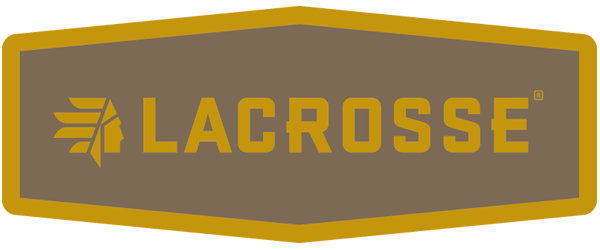By Dan Gorman
 This time of year is my favorite time to get out and do some scouting to prepare for next deer season. I had a little time last weekend to get out and walk the property to see if there were any shed antlers to be had. I didn’t find any sheds, but I did discover a couple more places I need to have stands next year, so the trip was definitely a success. I also pulled two cameras and moved a third to a spot where I can hopefully get some great strutting tom pictures in the near future. Part of the draw of scouting now is the snow cover makes it pretty easy to distinguish the preferred travel routes and fence crossings, as well as popular bedding and feeding areas. I’m not saying these are set in stone, or they will necessarily be good in November, but they are still very valuable pieces of the puzzle.
This time of year is my favorite time to get out and do some scouting to prepare for next deer season. I had a little time last weekend to get out and walk the property to see if there were any shed antlers to be had. I didn’t find any sheds, but I did discover a couple more places I need to have stands next year, so the trip was definitely a success. I also pulled two cameras and moved a third to a spot where I can hopefully get some great strutting tom pictures in the near future. Part of the draw of scouting now is the snow cover makes it pretty easy to distinguish the preferred travel routes and fence crossings, as well as popular bedding and feeding areas. I’m not saying these are set in stone, or they will necessarily be good in November, but they are still very valuable pieces of the puzzle.
One of the main concerns with the property is there aren’t a lot of pinch points. The timber is pretty open so the trail system goes everywhere. There are some nice draws and some thick vegetation, as well as quite a few walnut tree tops left from the last time the loggers took a few trees. All of these areas get used extensively, so they are full of great info as long as you know what you’re looking for. The property offers good food and has river frontage, so there is always a good water supply.
 The downfall of finding shed antlers here is the two neighboring properties total about 500 acres of rugged overgrown ravines that see very little human activity throughout the year. These factors combine to make excellent big buck habitat, but the big boys don’t leave those areas often. It can be frustrating knowing so many awesome bucks are in the area but they don’t have a lot of incentive to leave their sanctuary. Deciphering the information on patterns and routes will hopefully allow me to be in the right place when one of them ventures onto our side of the fence.
The downfall of finding shed antlers here is the two neighboring properties total about 500 acres of rugged overgrown ravines that see very little human activity throughout the year. These factors combine to make excellent big buck habitat, but the big boys don’t leave those areas often. It can be frustrating knowing so many awesome bucks are in the area but they don’t have a lot of incentive to leave their sanctuary. Deciphering the information on patterns and routes will hopefully allow me to be in the right place when one of them ventures onto our side of the fence.
 A few of the things I try to concentrate on at this point of the year are locating new bedding areas, new food sources, new potential stand locations, and better stand access routes. One example of this is a draw I use to access a great travel corridor. I can sneak up this depression and cut right up to the area I want to be. Unfortunately, judging by the number of beds the deer are now bedding on both sides of this draw regularly, making it nearly impossible to use this route without contaminating the area with scent or completely blowing deer out of the area altogether. I will need to come up with a better route for next year, or it may be a long season.
A few of the things I try to concentrate on at this point of the year are locating new bedding areas, new food sources, new potential stand locations, and better stand access routes. One example of this is a draw I use to access a great travel corridor. I can sneak up this depression and cut right up to the area I want to be. Unfortunately, judging by the number of beds the deer are now bedding on both sides of this draw regularly, making it nearly impossible to use this route without contaminating the area with scent or completely blowing deer out of the area altogether. I will need to come up with a better route for next year, or it may be a long season.
 Another example is one I had a feeling about last fall, but I have now confirmed. In an earlier post I talked about the tree planting area that had been corn up until last year. The travel pattern has shifted, and I have found a great area that seems to funnel deer from the ridge down into the planting area and ultimately to the river bottom. I was able to pick a multi trunked tree that should offer good concealment and excellent shot opportunities. It will have a Twisted Timber Treestand in it this fall without a doubt. If you don’t normally get out and walk your hunting area during this time of year, I recommend giving it a try. There is plenty of information waiting for you, and maybe you’ll find some bone to take home as a bonus.
Another example is one I had a feeling about last fall, but I have now confirmed. In an earlier post I talked about the tree planting area that had been corn up until last year. The travel pattern has shifted, and I have found a great area that seems to funnel deer from the ridge down into the planting area and ultimately to the river bottom. I was able to pick a multi trunked tree that should offer good concealment and excellent shot opportunities. It will have a Twisted Timber Treestand in it this fall without a doubt. If you don’t normally get out and walk your hunting area during this time of year, I recommend giving it a try. There is plenty of information waiting for you, and maybe you’ll find some bone to take home as a bonus.














